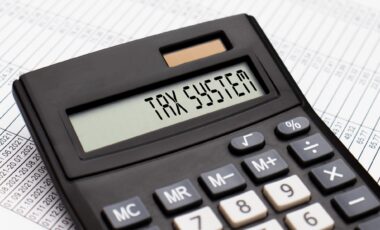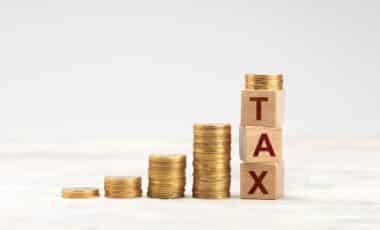The Australian government’s recent proposal to impose a higher tax on superannuation balances exceeding $3 million has sparked significant debate. The planned hike would increase the rate on earnings from 15% to 30% for balances above this threshold. The proposal, which includes taxing unrealized capital gains, is set to affect a small percentage of the population. However, the implications of this change are being scrutinized by experts and the public alike.
While some view the increase as a necessary step to address inequality in retirement savings, others worry about its potential financial burden on high-income individuals. Research from the Australian National University (ANU) sheds light on who would be impacted by this change and how they might manage the extra financial obligation.
Who Will Be Impacted?
The new tax is aimed primarily at individuals with superannuation balances above $3 million, a group that is not representative of the general population. The research from ANU estimates that approximately 87,000 people will be affected, most of whom are men over the age of 65. These individuals are typically business professionals, doctors, engineers, senior managers, farmers, and CEOs, whose superannuation balances are significantly higher than the national average.
The average super balance in Australia is just $387,000, with a median of $143,000. In stark contrast, those likely to be impacted by the tax changes hold an average super balance of $5.9 million. Beyond their superannuation, these individuals also have substantial other wealth, with median non-super wealth of $3.2 million.
Limited Financial Strain for Most Households
The ANU analysis found that fewer than 1% of households with large superannuation balances would struggle to pay the new tax. In fact, only 500 individuals are projected to have significant difficulty finding the cash to cover the extra financial burden. For most, however, the increase is expected to be manageable, as many of these households possess substantial wealth outside of their superannuation accounts.
Associate Professor Ben Phillips from ANU stressed that the additional liability would be easily absorbed by the majority of impacted households. His research suggests that even if a household’s superannuation balance grows by 10%, resulting in an extra obligation of approximately $19,000, the financial strain would be minimal for most.
Aussie jobs hit hardest by $3 million superannuation tax change revealed https://t.co/McOfHEoFz2
— Yahoo Finance Australia (@YahooFinanceAU) July 11, 2025
The Impact of Illiquid Assets
While the tax increase may be manageable for most high-income Australians, certain households could face unique challenges. The ANU research highlights that individuals with superannuation invested in illiquid assets, such as family farms, may struggle to access funds to cover the new tax. This issue is particularly relevant for those using Self-Managed Superannuation Funds (SMSFs), where assets are not easily converted into cash.
In these cases, the super balance may be tied up in property or other illiquid investments, which could make it difficult to pay the additional tax on earnings. This scenario is less common but is an important consideration for some Australians who may be disproportionately affected by the policy.
Who Are the Typical Taxpayers?
The research indicates that a large portion of those affected by the proposed tax are retired individuals or those nearing retirement. Two-thirds of those with large super balances are over the age of 65, and the majority live in capital cities. Additionally, more than half of these individuals are not currently employed, which further highlights their reliance on accumulated wealth for financial security in retirement.
This demographic is typically less likely to have a regular income that could easily cover unexpected expenses. However, their overall wealth provides a cushion, and for most, the tax burden is unlikely to be overly disruptive.
The Future of the Superannuation Tax
The proposed tax was first announced in late 2023 and is scheduled to take effect on July 1, 2025. Despite the controversy surrounding the policy, the government has yet to pass legislation to formalize the changes. As discussions continue, it remains to be seen whether any modifications will be made before the tax takes effect.
For now, the future of Australia’s superannuation system remains a subject of intense debate, with policymakers and citizens alike considering how to balance retirement security with fair taxation.









